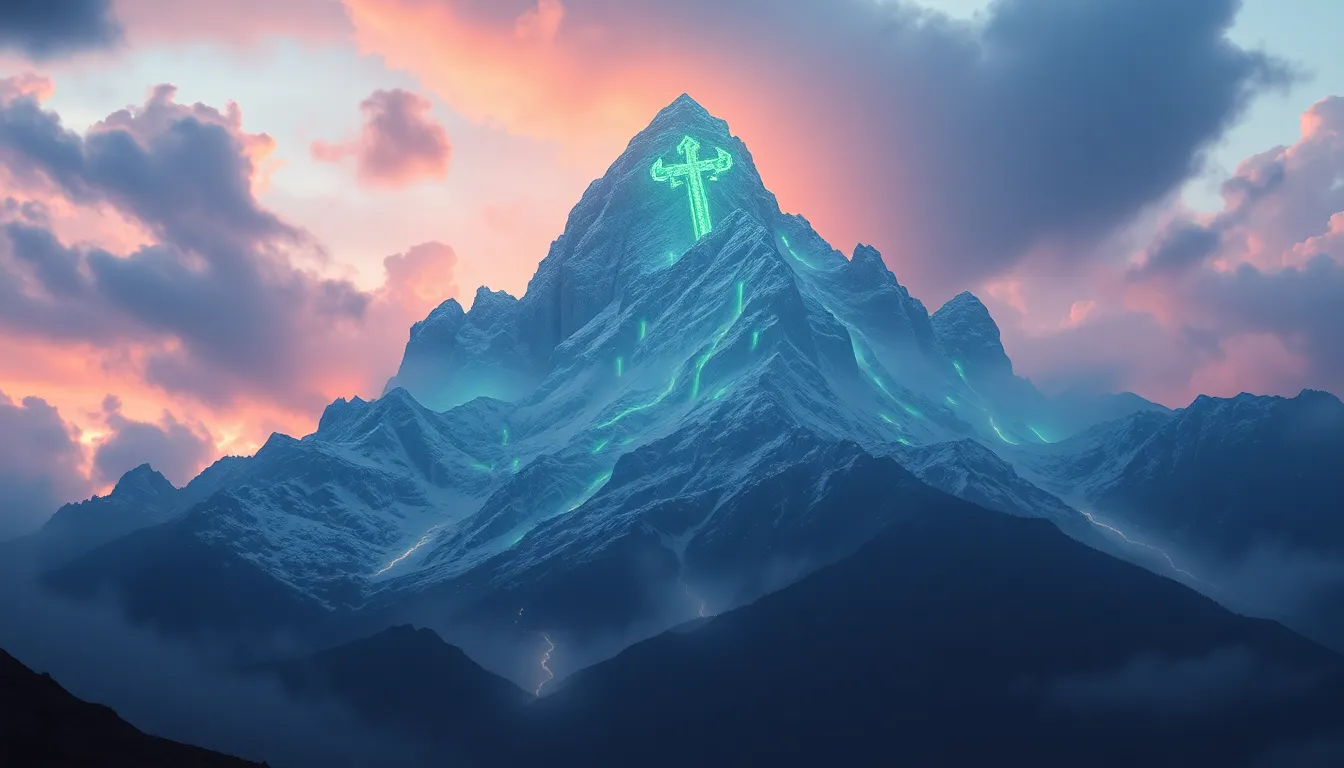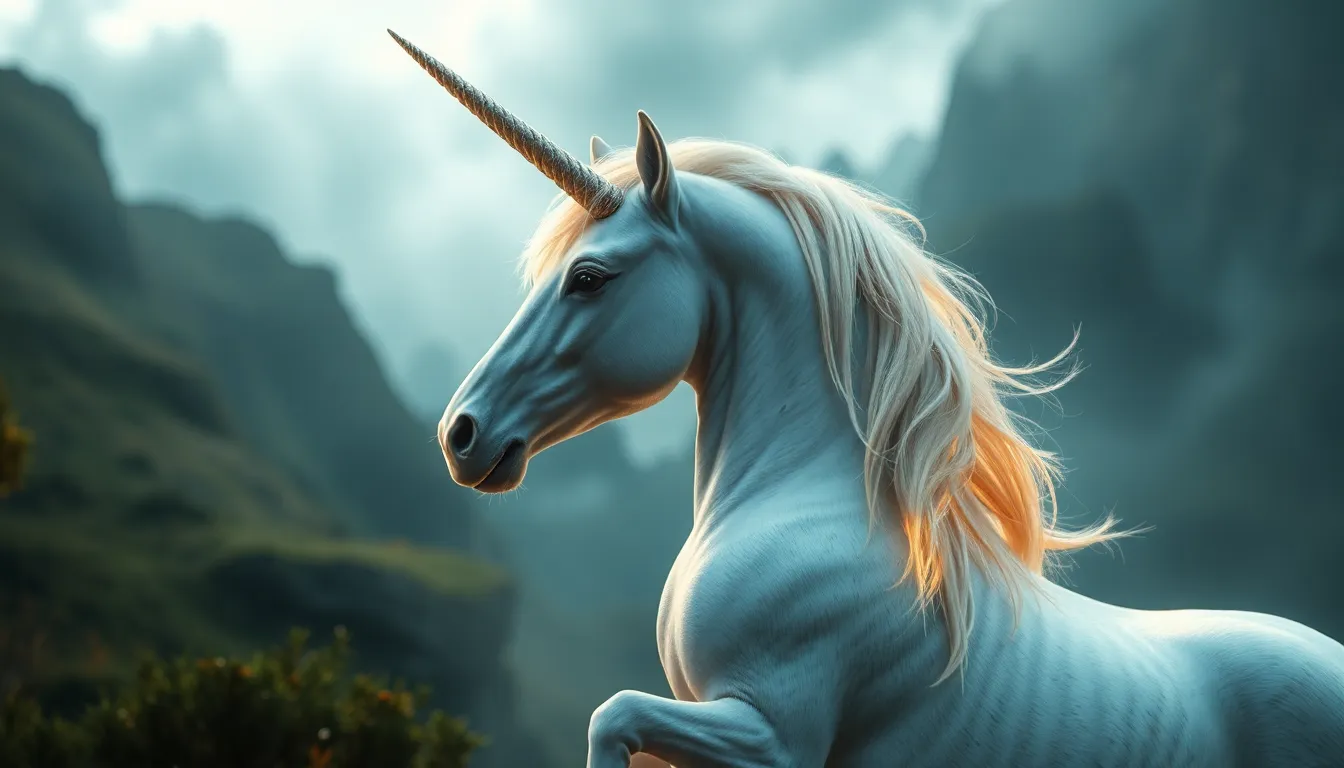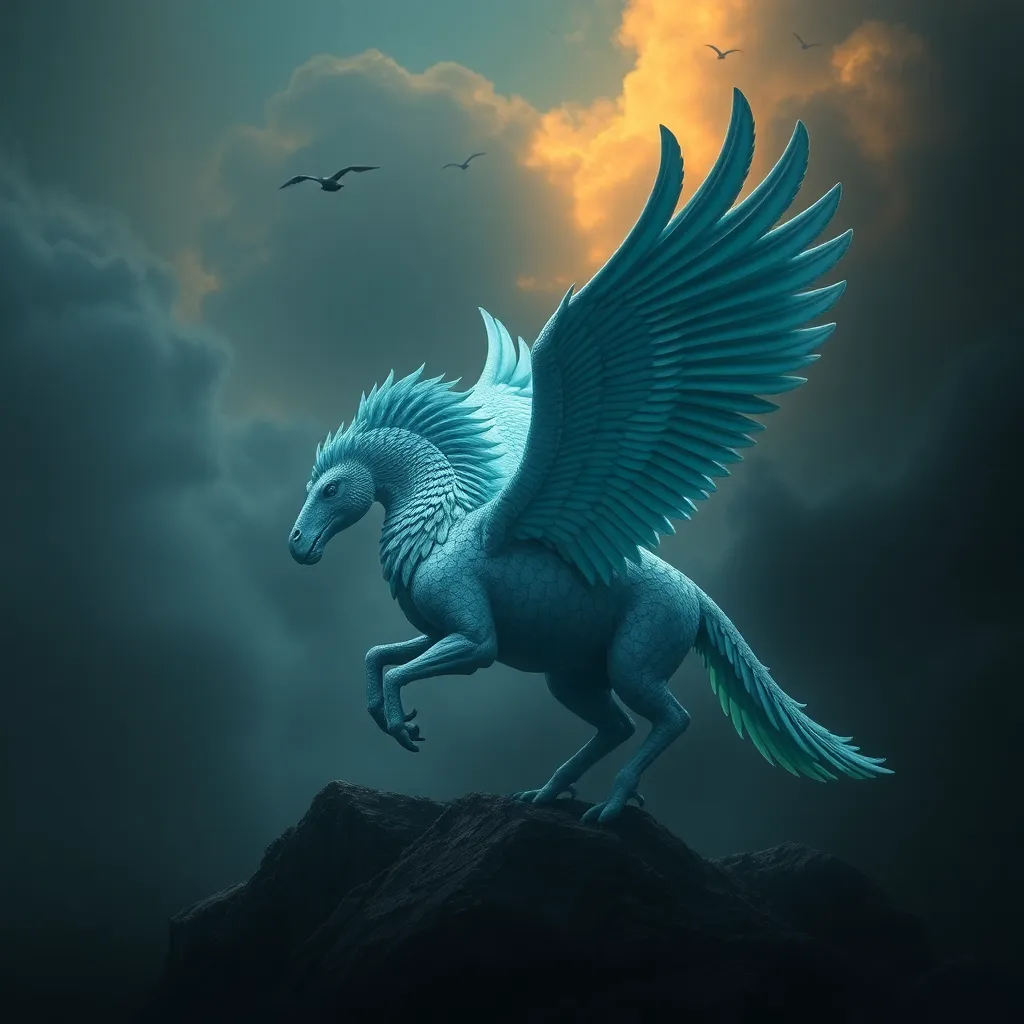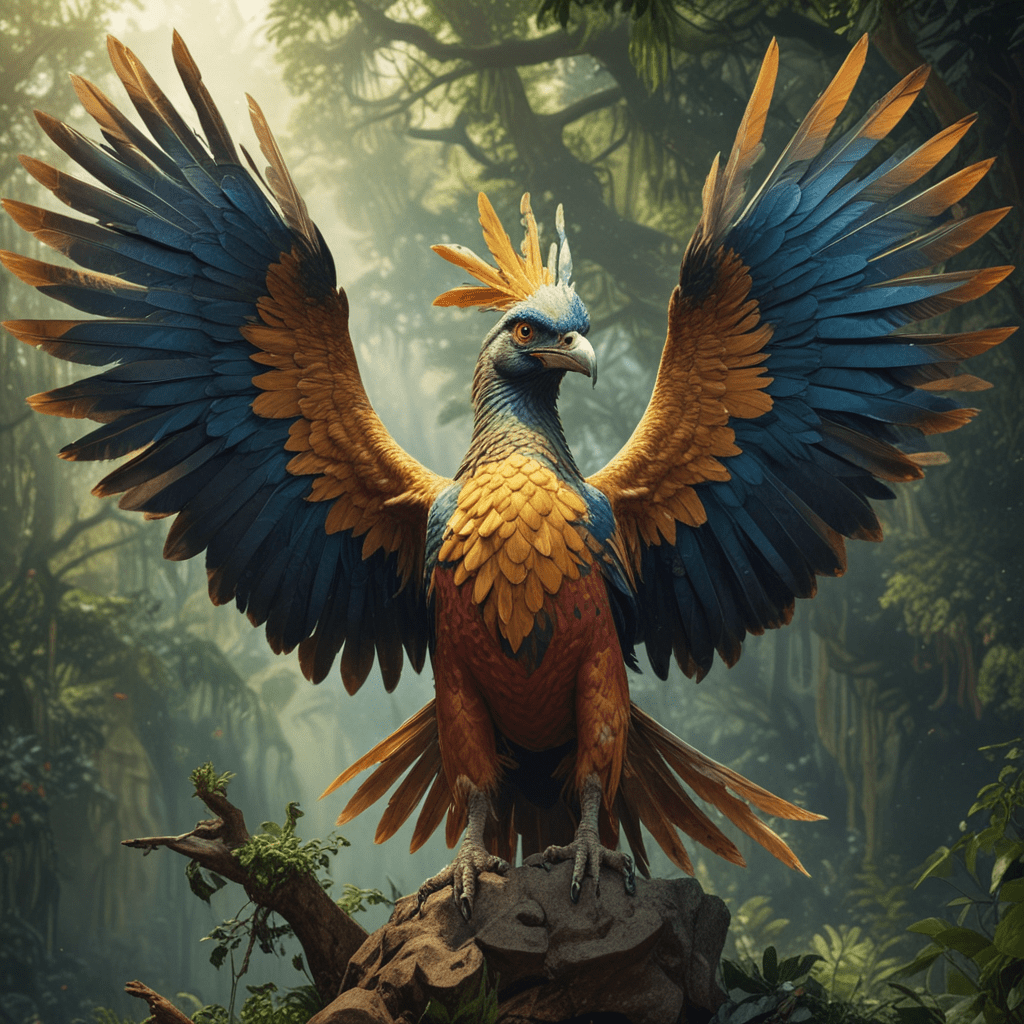The Mountain of the Ancient Spirits: Myths of Ethereal Beings
I. Introduction to the Mountain of the Ancient Spirits
The Mountain of the Ancient Spirits stands as a monumental symbol in various cultures, representing not only a physical landmark but also a profound spiritual hub. Its towering presence has sparked the imagination of countless generations, inspiring myths and legends surrounding ethereal beings that are believed to inhabit its majestic heights.
The allure of these ethereal beings lies in their connection to the natural world and the mysteries of life and death. They are often seen as guardians of the mountain, embodying the spirit of nature and the wisdom of the ancients. The purpose of this article is to delve into the rich tapestry of myths associated with the mountain and examine their implications on cultural identity, spirituality, and human experience.
II. Historical Context of the Mountain
Archaeological findings around the Mountain of the Ancient Spirits reveal a deep history intertwined with ancient civilizations. Artifacts such as tools, ceremonial items, and ancient writings indicate that this site was a focal point for early communities.
Early written accounts, alongside oral traditions passed down through generations, highlight the mountain’s significance in local lore. These narratives often speak of the mountain as a sacred place where the physical and spiritual realms intersect.
In many cultures, the mountain serves as a backdrop for spiritual practices, including rituals meant to honor the ancient spirits believed to reside there. It is a site of pilgrimage, where seekers journey to connect with the divine.
III. The Ethereal Beings: Characteristics and Traits
The ethereal beings associated with the Mountain of the Ancient Spirits possess unique characteristics that set them apart from other mythical creatures. They are often depicted as luminous figures, embodying both beauty and mystery.
- Transcendence: These spirits are seen as beings that transcend the physical world, representing the connection between humanity and the cosmos.
- Wisdom: They are often portrayed as wise entities, capable of guiding humans through life’s challenges and imparting knowledge.
- Guardianship: Many myths describe these beings as protectors of the mountain, overseeing the balance of nature and the well-being of the earth.
Common traits attributed to these spirits include the ability to communicate with nature, shape-shifting, and the power to influence the weather. In different cultures, they symbolize various concepts such as fertility, renewal, and the cycle of life and death.
IV. Prominent Myths and Legends of the Mountain
The origin story of the Mountain of the Ancient Spirits is rich with intrigue. Many believe that the mountain was formed by the tears of the ancient spirits, mourning for humanity’s connection to nature. This narrative serves as a poignant reminder of the bond between humans and the environment.
Throughout history, notable tales from various cultures have emerged, each adding to the mountain’s mythos. Indigenous tribes often tell stories of heroes who ventured into the mountain to seek guidance from the spirits, facing trials that tested their courage and integrity.
Common themes found in these myths include:
- Heroism: Stories of individuals who bravely confront challenges to protect their community or restore balance.
- Sacrifice: Legends that emphasize the importance of selflessness and the willingness to give up personal gain for the greater good.
- Transformation: Narratives that explore personal growth and change after encounters with the ethereal beings.
V. Cultural Significance of the Myths
The myths surrounding the Mountain of the Ancient Spirits play a crucial role in shaping cultural identity and values. They provide a framework for understanding humanity’s place in the universe and the responsibilities that come with it.
Storytelling serves as a vital means of preserving history and traditions, allowing communities to pass down knowledge and wisdom through generations. These narratives foster a sense of belonging and continuity within cultures.
In contemporary society, the relevance of these myths persists, often inspiring movements that advocate for environmental stewardship and spiritual awakening. They remind us of the interconnectedness of all beings and the importance of respecting our natural world.
VI. Rituals and Practices Associated with the Mountain
Local communities engage in various ceremonial activities that honor the ancient spirits of the mountain. These rituals often involve offerings, prayers, and dances designed to invoke the presence of the spirits and seek their blessings.
Festivals and events celebrating the spirits are held annually, attracting visitors and pilgrims alike. These gatherings serve as a vibrant expression of cultural heritage, featuring traditional music, dance, and storytelling.
Meditation and spiritual practices linked to the mountain encourage individuals to connect with their inner selves and the natural world. These practices often include:
- Guided meditations focused on the energy of the mountain.
- Nature walks that promote mindfulness and awareness.
- Rituals of gratitude and reflection.
VII. Artistic Representations of the Ancient Spirits
The myths of the Mountain of the Ancient Spirits have inspired a wealth of artistic expression across various mediums. In literature, numerous poems and stories capture the essence of the ethereal beings, exploring themes of spirituality and human experience.
Visual arts, including paintings and sculptures, often depict the mountain and its spirits, showcasing the beauty and mystery that surround them. Artists draw upon the vivid imagery and emotions evoked by the myths to create thought-provoking works.
Performance arts also play a significant role, with dance, theater, and music reflecting the legends. These performances breathe life into the stories, allowing audiences to experience the profound connection between humanity and the ethereal.
VIII. The Influence of the Mountain on Modern Spirituality
In the realm of modern spirituality, the Mountain of the Ancient Spirits has become a focal point for New Age beliefs and practices. Many individuals seek to connect with the spirits through meditation, workshops, and retreats held in the mountain’s vicinity.
Pilgrimages to the mountain have grown in popularity, with spiritual tourists drawn to its energy and the promise of a transformative experience. For many, the mountain symbolizes a journey toward self-discovery and enlightenment.
As a metaphor, the mountain represents the challenges and aspirations in personal and collective spiritual journeys, urging individuals to ascend beyond their limitations and embrace the unknown.
IX. Scientific Perspectives on Ethereal Beings
From a scientific viewpoint, the myths of ethereal beings can be interpreted through psychological lenses. Such narratives often reflect human desires, fears, and the need for connection with the natural world.
The intersection of mythology and environmental science highlights the importance of folklore in understanding human experiences, particularly our relationship with nature. These stories can serve as allegories for environmental stewardship and sustainability.
X. Conclusion: The Enduring Legacy of the Ancient Spirits
In summary, the Mountain of the Ancient Spirits embodies a rich tapestry of myths and legends that resonate deeply within various cultures. The stories of ethereal beings connected to the mountain not only shape cultural identities but also foster a sense of belonging and continuity.
As we explore these myths, we uncover their enduring relevance in our modern lives, inspiring us to reflect on our relationship with nature and the spiritual dimensions of our existence. The legacy of the ancient spirits continues to thrive, reminding us of the beauty, mystery, and interconnectedness of all life.



